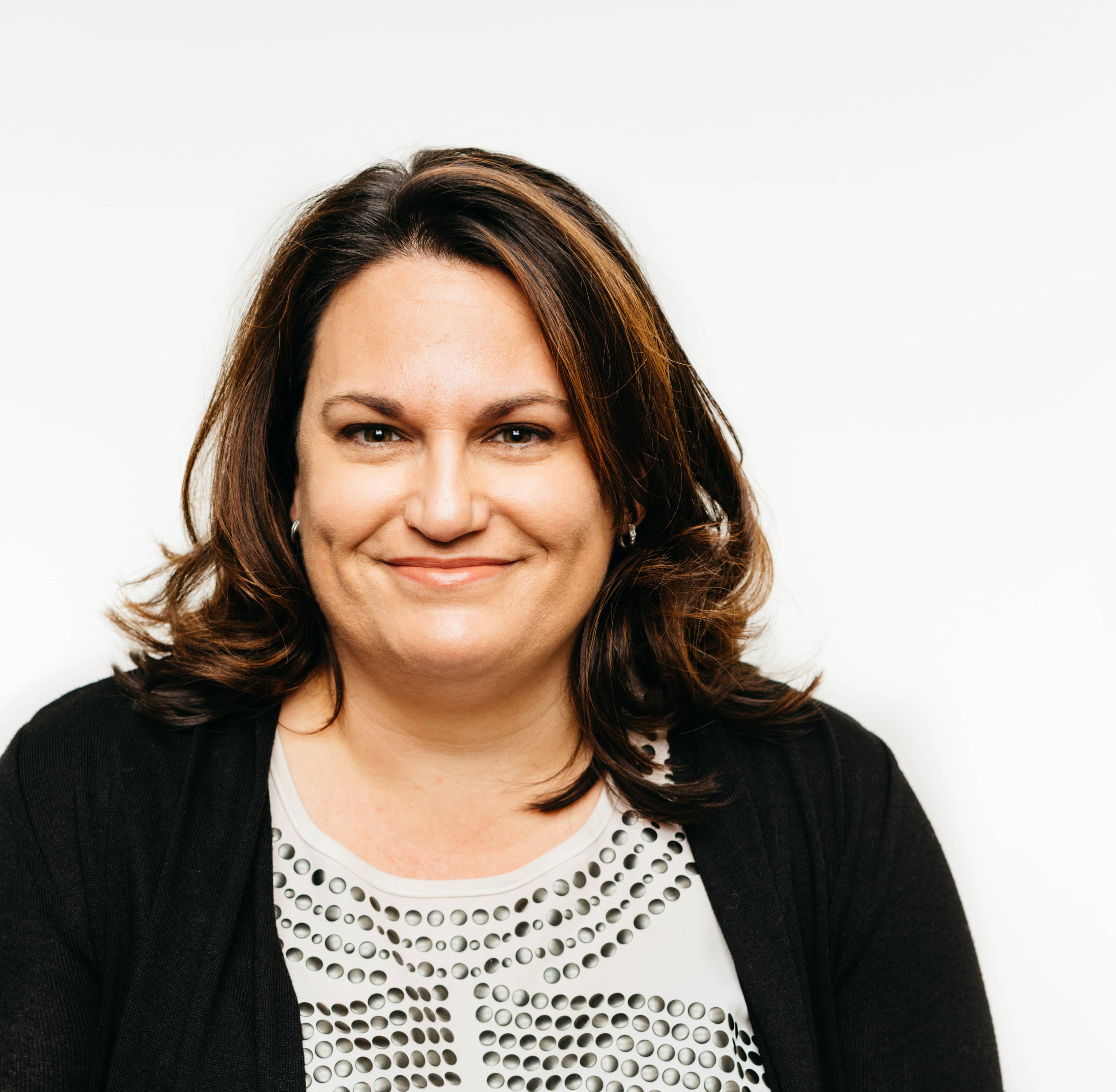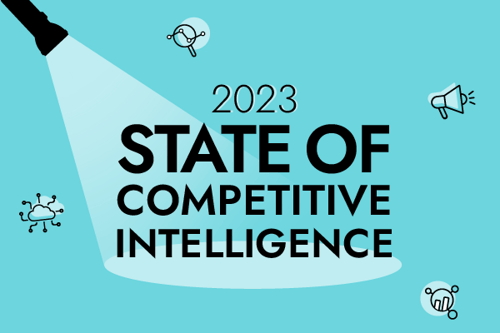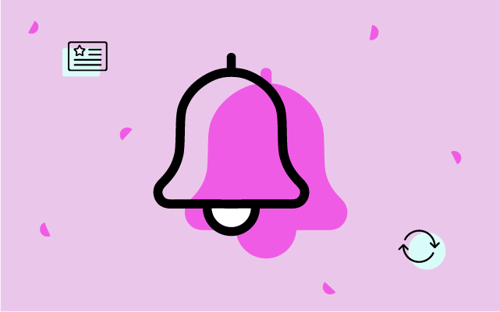Win/loss analysis—the process of determining why deals are won or lost—yields insights that practically everyone across your organization can use to their advantage.
Sales reps get insights that they can use to improve their objection-handling tactics. Marketers get insights that they can use to optimize their messaging. Product managers get insights that they can use to adjust their roadmap priorities. Nearly every department can gain meaningful insight when you have an understanding of where and how your company wins—or loses—against your competitors.
But before anyone can improve, optimize, or adjust, you need data. That’s where win/loss interviews come in.
Once we’ve nailed down what we mean by win/loss interviews, we’ll explore four must-ask questions that will maximize the value your company gets from this essential exercise. If you’re crunched for time, here they are without elaboration:
- What product or service, if any, did you choose over ours?
- What’s the one thing you would change about your experience with our business and products?
- How would you rate our demo (or trial) experience?
- Why did you (not) decide to buy now?
Get your free ebook + template: The 3 H's of a Successful Win Loss Project.
What is a win/loss interview?
A win/loss interview is a conversation between a buyer in your market and either (1) an employee at your company or (2) a third-party contractor. Regardless of whether the buyer chose your solution or one of its alternatives, the purpose of a win/loss interview is to determine why they made the purchase decision that they did.
Typically, if the interviewer is an employee at your company—perhaps it’s you, dear reader—they’re a member of either the marketing team or a dedicated sales enablement team.
You may wonder: If win/loss interviews are sales-centric conversations, shouldn’t they be conducted by sales reps? After all, by the time a buyer makes a purchase decision, they already have an established relationship with the sales rep with whom they’ve been working (especially if we’re talking about a sales cycle that lasts for several months or quarters).
To the contrary: It’s precisely because these interviews are inherently sales-centric that you should not rely on sales reps to conduct them. By putting marketers, sales enablement specialists, or third-party contractors in charge of your win/loss interviews, you can ensure a healthy degree of separation between the sales process and the interview process. Without that separation, it’s impossible to glean the unbiased, actionable data that we discussed in the introduction to this post.
To reiterate, win/loss interviews are meant to be conducted both when your company wins and when your company loses. As a result, key stakeholders across sales, marketing, product, and beyond are able to get a complete picture of what’s working and what’s not.
Now that we have a handle on what these interviews are and who should run them, we can move on to the matter at the heart of this post: What kinds of questions should the interviewer ask the buyer? And, tangentially: How do you ensure that the response data collected throughout this process is meaningful and actionable?
4 must-ask questions for your win/loss interviews
There are innumerable questions you can ask a buyer in a win/loss interview. And, admittedly, there will always be some degree of industry-specific nuance; the list of questions used at a marketing technology company probably isn’t identical to the list of questions used at a financial services company.
Nevertheless, let’s run through four examples that will arm your organization with the information needed to improve, optimize, and adjust.
1. What product or service, if any, did you choose over ours?
Your lost customer should reserve the right to skip this question if they’re not comfortable answering it. If they do answer it, you’ll have an opportunity to collect data not only for win/loss analysis, but also for competitive product analysis—the process of determining how your solution and a specific alternative stack up against each other.
Towards that end, make sure to go deep here. Don’t just get the brand name and move on to the next question. Prod for information on specific product features and benefits that your customer perceives as better than your own. Was it the price? Is their customer service better? Are their product packages better personalized to this specific customer segment?
2. What’s the one thing you would change about your experience with our business and products?
Question number two, by design, isn’t open-ended. This gets down to the root of why a prospective buyer didn’t select your solution. Critically, it also precludes them from going the diplomatic route—i.e., saying they liked your brand and your product or service, but that it simply wasn’t a fit for them right now.
Why is this question important? Because each loss is an opportunity to learn and improve. Maybe the customer wishes your solution was more flexible, or more applicable to a range of use cases. Or maybe they received too many marketing touchpoints in the time since entering your CRM—so much so that they almost unsubscribed. Encouraging the buyer to be critical of your customer journey tells you exactly what needs to be changed in order to delight future prospects.
3. How would you rate our demo (or trial) experience?
The product demonstration (demo) is a critical stage in the sales cycle for many B2B organizations. At this point, the buyer has been qualified, and they’ve deemed your value proposition compelling enough—and your company’s outreach tactics tolerable enough—to take 30-60 minutes out of their day. What they see over the course of those 30-60 minutes will largely determine whether they think your company’s product is worth a chunk of their budget.
A product trial goes one step further, giving a potential buyer the chance to get real, hands-on use of the product prior to making the decision to buy. Whether it’s a scaled-down but active version of a full software suite, or a version of the tool contained within a sandbox environment, a trial gives a prospect the opportunity to “kick the tires” on your product prior to buying. Their experience in using the real or simulated version of what you’re selling can often make or break the sales process, and prove to be one of the biggest data points that the prospective client will use in making a buying decision.
That’s why we recommend asking buyers about the demo or trial experience in your interviews. How effectively was the experience tailored to the buyer? Did the sales rep address all the relevant pain points in the demo? Was the buyer able to see (in the demo) or utilize (in the trial) the specific features that they know will be useful for them were they to buy? Did the experience set the buyer up for relative independence after purchase, or does the buyer feel as if they’re going to need several conversations with customer success after the fact?
Each of these questions can help you unlock the strengths and weaknesses of your company’s approach to what’s often the final stage in the sales process, and will enable you to adapt for future success.
4. Why did you (not) decide to buy now?
We talked earlier about taking timing out of the equation—i.e., determining why someone did or did not buy based upon how they feel about your brand, your offerings, and those of your competitors. Question number four does the opposite: By focusing on timing specifically, you can hone in on important stages in the customer’s buying process.
Consider your customer. What could be going on in their professional life, or in the lifecycle of their business, that would make your product dispensable or indispensable in that particular moment? Perhaps they view your product as a nice-to-have rather than a need-to-have. Or, perhaps another product on the market made a more compelling case for immediacy than yours did. Or, perhaps there’s an important deadline or seasonal implication coming up that compelled this specific customer to buy now, and you can communicate that sense of urgency to a larger segment of your audience.
Achieving critical mass before using your win/loss insights
As you may already suspect, it’s crucial to conduct a high number of win/loss interviews.
Why? Because while anecdotal evidence is helpful, you need to reach critical mass—that is, compile a sufficiently large sample size—in order to make smart, data-backed decisions. In fact, you may even choose to evaluate certain questions on a numeric scale (e.g., What would you rate our demo process on a scale of 1-10?). Such an approach gives you the advantage of quantifying the buyer’s positive or negative sentiments toward your business and offerings. And if you begin your win/loss interview campaign with quantitative outreach, those who respond are terrific candidates for subsequent qualitative questions.
Of course, a sample size that’s sufficiently large for one company may be peanuts to another; an interview cadence that’s manageable for one company may be impractical for another. No matter what, you and your colleagues will need to make some judgement calls. Just make sure you’re maintaining an even split between won and lost opportunities.
Once you achieve critical mass, consider the action items you can execute based on your findings. (We cover this subject in more detail in the final section of this win/loss analysis guide.) If the average customer rated your demo process a 5 out of 10, while 90% reported being happy with your pricing, you know your demo process should take priority. If the number of buyers who went with Competitor A is three times as high as the number who went with Competitor B, you know which battlecard should take priority.
Augment your win/loss interviews with competitive intelligence
As we’ve (hopefully) made clear, win/loss interviews only work if you ask the right kinds of questions—and Crayon can help. At Crayon, we help brands leverage competitive intelligence to think critically about how to best position themselves in their respective markets.
Want to conduct more informed win/loss interviews that take into account an intimate understanding of your competition? Want to combine win/loss insights with real-time, actionable intelligence from around the web? Take a spin through our product and get started today.

Seeing is believing! Check out Crayon for yourself.
Take a Product TourRelated Blog Posts
Popular Posts
-
 The 8 Free Market Research Tools and Resources You Need to Know
The 8 Free Market Research Tools and Resources You Need to Know
-
 6 Competitive Advantage Examples From the Real World
6 Competitive Advantage Examples From the Real World
-
 How to Create a Competitive Matrix (Step-by-Step Guide With Examples + Free Templates)
How to Create a Competitive Matrix (Step-by-Step Guide With Examples + Free Templates)
-
 24 Questions to Consider for Your Next SWOT Analysis
24 Questions to Consider for Your Next SWOT Analysis
-
 How to Measure Product Launch Success: 12 KPIs You Should Be Tracking
How to Measure Product Launch Success: 12 KPIs You Should Be Tracking



